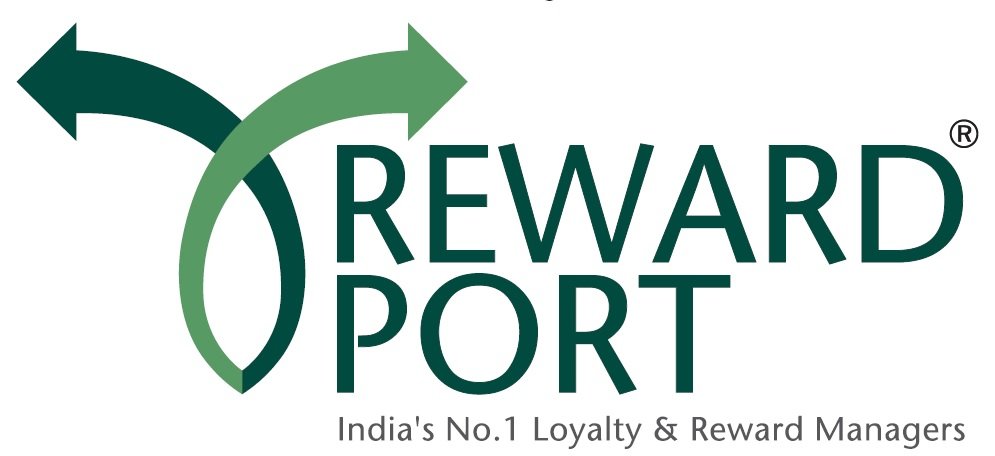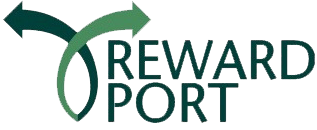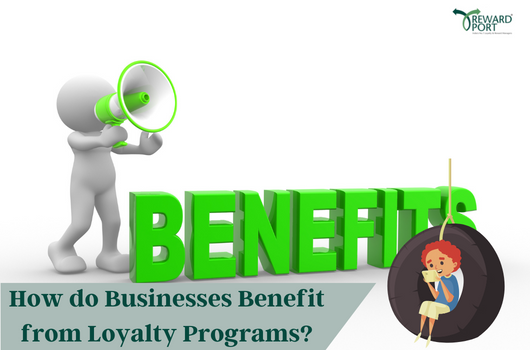
How do Businesses Benefit from Loyalty Programs?
Businesses operating in mature markets have a unique dilemma- they have to constantly look for innovative ideas to stay close to customers and differentiate themselves from competitors. The proverbial sword of low margins and fixed costs hangs over their head. And there’s also the threat of the low-price players. When price cannot be a differentiator, companies have to look for other differentiators.
One such advantage can be offered through customer loyalty programs. They don’t just discourage existing customers from switching stores, but also give businesses an edge during a price war. When done properly, loyalty programs can generate up to 20% of a company’s profit. No wonder, US companies spend around $25 billion every year on loyalty programs.
How did Loyalty Programs Start?
A lot of research conducted around the 1970s indicated that suppliers who formed a better relationship with customers tend to have ‘better customers’. Further research also indicated that better customers bring better business. It slowly began as a marketing strategy for small and medium businesses that used their database to monitor and manage customer behaviour.
Modern Day Loyalty Programs
There are plenty of loyalty programs, but most of these can be slotted into two different categories; Standalone and Coalition.
1. Standalone
The most common loyalty membership today is the standalone program where customers get rewarded for doing business with the company that offers the program. Points can be redeemed only within the range of products offered by the program owner.
2. Coalition
More than one company participates in this program. Customers are rewarded for doing business with all the participating companies. Loyalty points can be redeemed within all the products offered by the participating companies.
How do they compare against each other?
There are advantages and disadvantages associated with both these programs.
Benefits of the coalition program include;
1. Helps attract new customers
Companies participating within the coalition program get to share and thereby attract new customers. And that too at just a fraction of the cost normally incurred on marketing and advertising.
2. Costs and risks are shared
Costs to set up and operate the program are shared between participants. This also applies for risks if the program fails to take off.
3. Ideas and practices can be shared
As partners, businesses get to share their ideas and practices through promotions. The organizing contractor often arranges meets to discuss promotion strategies and ideas.
Disadvantages of the Coalition Program Include:
There’s a reason why coalition membership programs aren’t as popular as their counterpart. The greatest disadvantage lies in the fact that they leave the customers confused about which brand to choose.
1. Difficult for brands to maintain individuality
Although brands are being packaged together, they’re also competing against each other. They have to struggle to maintain their individuality.
2. Unclear information on customer database
The customer database is the most important factor in deciding promotions and allotting budgets for the program. This database is controlled by the coalition promoter who doesn’t disclose it to avoid misuse. But without knowing and analyzing customer behavior, companies have to devise their own mechanism to derive customer data.
3. Problems during redemption
In a typical coalition based loyalty program, different kinds of brands may participate. Customers who’ve collected reward points cannot redeem them as they wish. This is because the redemption value of different brands would be different, and it would be low for high end brands.
Advantages of Standalone Programs:
If retaining customer loyalty is the main focus of a reward program, then standalone is the best.
1. Program can be identified with a single brand
Customers need not be confused about choosing from multiple brands. They can identify the program with a single brand, thus making brand promotion an easy task.
2. Exclusive access to customer database
Unlike coalition programs, companies choosing a standalone program have exclusive access to customer database. This helps them analyze their promotion strategies and even budget accordingly.
3. Consistency in strategizing and marketing
The program is designed exclusively for the participating brand. The company has complete control over every aspect including the rules and regulations related to the program. They even get to control communications related to the program. This ensures consistency and reliability.
What do customers want?
The problem with any good customer strategy is that every company wants to copy it. Almost every company wishes to or has already launched a program. Sadly, most of these fail miserably; not because of a fault with the concept, but because it isn’t based on careful judgment. Every loyalty program should include;
1. Rewards that customers can relate to
The reward program should offer instant rewards and not expect people to wait for a long period until the points can be redeemed. Customers are attracted to a program for rewards, but only temporarily. In the long run, what matters is that the effort taken to maintain relations with the customer.
2. Never forget the ultimate aim, i.e. to sustain customer loyalty
Rewards are undoubtedly the end result of every program. But they shouldn’t be the ultimate motivating factor. It is about maintaining customer’s loyalty and preventing him/her from switching stores.
3. Program suited for different segments
The program should be customized for people in the targeted category. It should identify their needs; study their purchasing behaviour, etc.
Common loyalty programs include offering reward points for air travel, fast food chains, etc. Standalone programs promise all of this and much more.
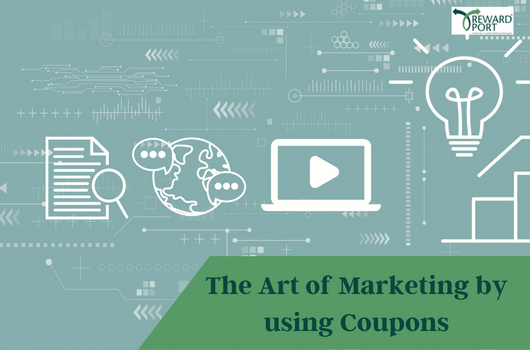
The Art of Marketing by using Coupons
Coupon campaigns have been around since the launch of the first paper coupon by Coca-Cola in 1887. The first lot of coupons were distributed on the streets and in magazines and newspapers. Wow! that is a good century-old marketing tool. Since then it has grown in popularity, with it being almost a give in American retail and now a part of the marketing mix of the Indian marketing ecosystem. Since then, however, the coupon has evolved and in the new digital times, it’s become a more effective tool.
Why you should use coupons?
Coupons are an inexpensive form of marketing, nearly half of all retailers and brands reported offering consumers some form of bonus coupon program or gift with purchase. This means your competitors are probably utilizing coupons in their marketing plan and maybe should you too. With the advent of digital, it has now become easier for products in the FMCG category to use pack /in-pack digital codes. You should use Coupons – digital or print to
– acquire new customers
– increase sales of specific products
– Increase brand awareness
– move out unsold inventories
– reward existing customers
– retain former customers
– up sell a higher margin product
– Increase social media engagement
……..add to it that this is a highly measurable activity
How to use coupons in your sales promotions
Coupons should be used in a way that not only motivates the consumer to purchase the product but creates good brand memories. This way there will be good social media stories about your brand. That’s free marketing for you! This can be done by creating a cyclic format where customers just don’t get price offs or discounts all the time ( this will ensure that your brand is not perceived to be a “discount” brand.
– Run programs with coupons that deliver rewards instead of discounts always.
Eg: A free Rs.200 voucher for online shopping on the purchase of a toothpaste
– The reward should be relevant and experiential.
Eg: Free Movie tickets on purchase of shampoo. Everybody loves the movies!
– The perceived value of the reward should be high, even equal to the value of the product purchased (not too high if you are an upcoming brand, else it will seem too good to be true).
A known food company gave a minimum gift of Rs.150 on purchase of Rs.100
– Add sweepstakes. Everyone loves to win the lottery. Add a contest with a chance to win big. It always works. A large personal products brand gave assured gifts and a chance to win Ipads and it worked!
Applications of Coupons
Coupons can be used in multiple ways for multiple marketing goals
- Gift with Purchase
- In pack /On-Pack promotions
- Contests and Sweepstakes
- App Download
- Online registration
- Product trial
- Referral marketing
Coupon Distribution Methods
You can distribute coupons in multiple formats in different ways
- e-coupons delivered online, in-app, SMS, email
- Paper Coupons
- M-Coupons – SMS-based coupons for the segment that is not online
- On-Pack/In-pack
Making Coupon Programs effective
So we have a great coupon idea with fantastic offers which are bound to attract the customer, but that is not all for it to work. There are certain hygiene elements of the campaign that you must keep in mind before launching the campaign
- Clear, Concise Text Detailing Offer and Terms
- Ease of use along with a clear explanation
- Product Image and packaging
- Frequently Asked Questions ( FAQ )
- Any Necessary Legal Copy
- Expiration Date
- Complaint redressal – Company Name, Address & email
Conclusively, coupons are a very effective marketing tool with a proven model of success. If you have not used it earlier try it with a small budget, you will see instant result. If you already use coupons try out the above to get a better ROI.
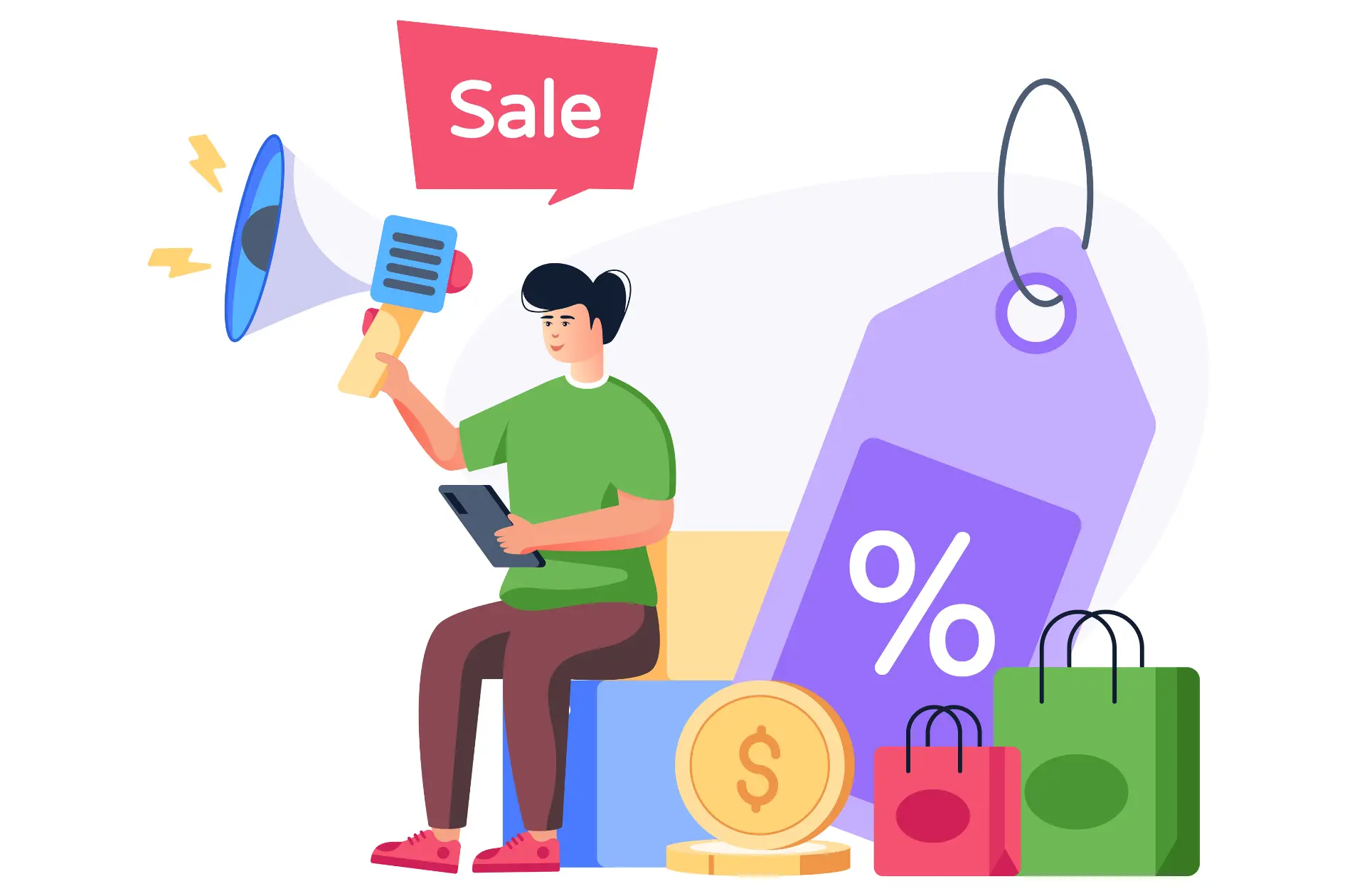
18 ‘Refreshed’ Sales Promotion Ideas
Over the past decade we have had the opportunity to work with many of the leading brands across the country, have had discussions with the marketing gurus in different sectors on what common promotion ideas works across any of the business segments. We came up with these ideas, which are NOT new, simply being looked at with a fresh NEW perspective, that are proven methods of sales promotion.
1. SALE!
- Promote it well and go all out to make it heard.
- Give preference to your existing customers, ALWAYS!
- ‘Upto xx%’ – doesn’t work, be honest.
- Sale must be on everything, not on the limited stuff.
- Dress it up and make it an event
2. FREE
- The free stuff should be actually useful.
- Don’t always give your own stuff free, always.
- No *conditions apply.
- Free stuff should lift your product not degrade it.
3. BOGO / 2 for 1
- Keep it simple.
- Apply it on few items & products.
- Must be ‘limited to….’ quantity, time etc.
4. Contests & Sweepstakes
- Easy to participate
- Have as many winners – ‘Assured Prizes’ – ‘Everyone Wins’
- Make the giveaway exciting and what people want.
- Request an action, get data and use it.
5. Assured Gift
- Add a dash of surprise and excitement.
- Make the gift experiential.
- The gift should have a high perceived value.
6. Codes & Coupons
- Use M-coupons & E-coupons.
- Distribute it through partners to increase reach.
- Use it for acquisition but also for retention, refferal & rewards.
7. Like, Share & Get
- Use Facebook not to show off but to engage.
- You don’t brag, let the fans do that for you.
- Reward participation and actions.
- Have conversations not monologues.
8. Tweet & get Free stuff
- Run contests.
- Reward the 100th, 1000th, etc. followers.
- Retweet followers tweets.
- Reward most retweets, best # message.
9. Pin & Get!
- Run competition – Pin & Win!
- Run offers with powerful images.
- Have great images and many of them on the board.
- Acknowledge and reward regularly for ‘pinning’
10. Refer & get stuff!
- Create a simple and easy to understand referral program.
- Make it worth the while for customers to refer.
- Act quickly on the refferals generated.
- Make sure the reference is rewarde too with a great offer to buy.
11. Deal
- price-off on purchase is mostly the best offer.
- Let it be sizable and above competition in your category.
- Don’t make it too frequently but make it BIG!
12. Upsell
- Offer complementary product or services.
- Time the pitch well.
- Be specific with the upsell offer.
- Make assumptions & suggestions.
13. Reward loyalty
- Doesn’t have to always be loyalty program.
- Reward actions other than purchase too.
- Reward not only with points – acknowledge and make them feel special.
14. Engage
- People love to have dialogues & interactions with the brand they buy.
- Encourage participation.
- Engage everywhere – in store, online, on phone.
- Let them have conversations with the brand.
15. Free Trial
- Works for tech products and non tech products too.
- Free trial is a statement of confidence.
- It works for donut, a software or a car – find a way to let the buyer get an experience of what you sell.
16. Cross Promo
- Align with other brands to reach new customers.
- Offer & get privileges from other brands for YOUR customers & THEIRS!
- Choose alliances carefully and in sync with your brand positioning & target group.
17. Excitement
- People love ‘what money can’t buy’ experience.
- Add a dash of fun & excitement.
- Sports & movies can help make the promos effective.
18. Pamper
- Everyone loves to feel important.
- Doesn’t have to be indulging, could be just acknowledging.
- Let it be more personalised and less automated.
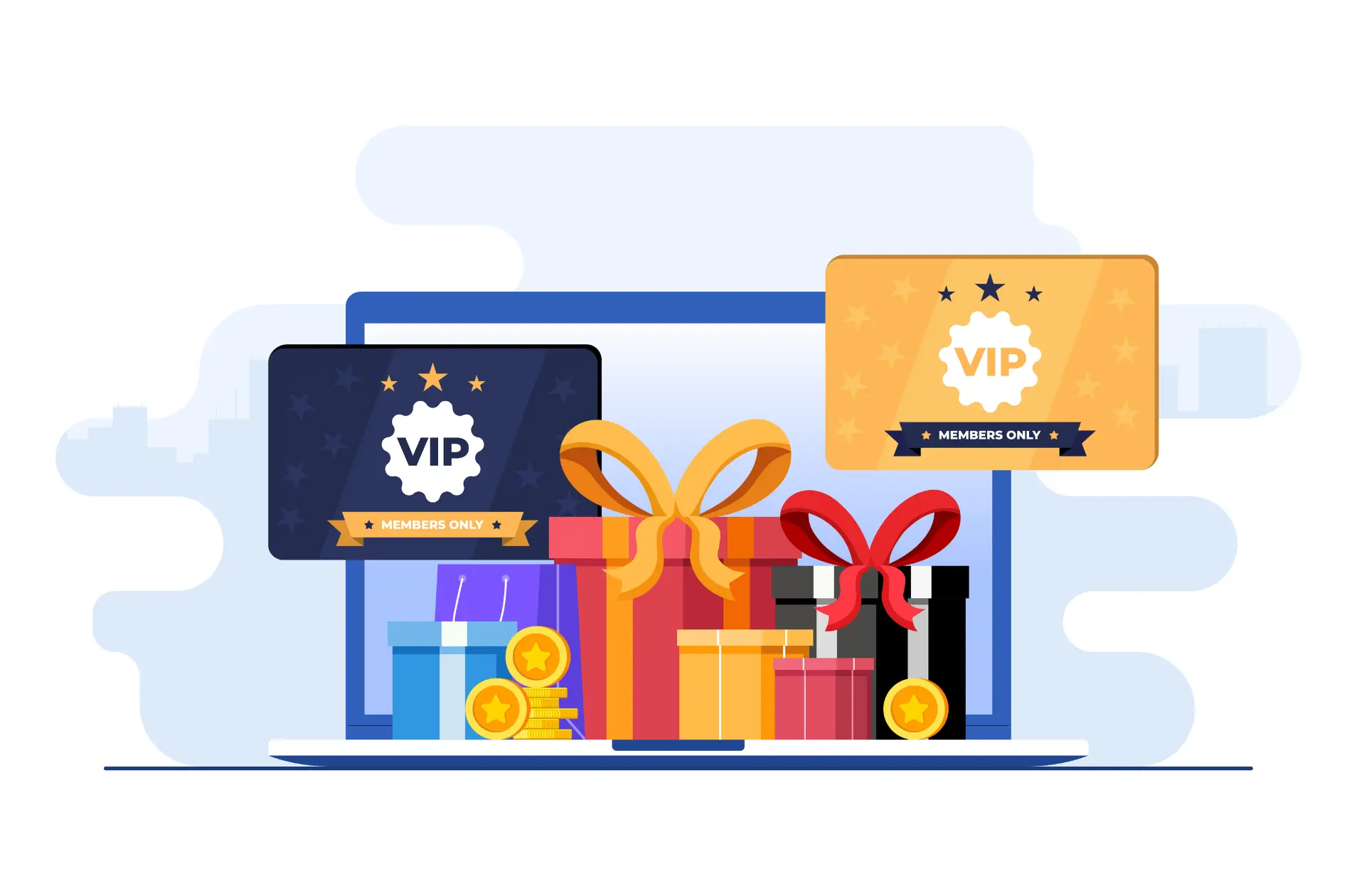
AU Special – Loyalty Program
A Non-Banking Finance Company (NBFC) headquartered at Jaipur, Au Financiers reaches out to low-income groups, self-employed individuals, First Time Users/ First Time Buyers and others, at far-flung locations across 10 states in India. Au Financiers provides financing in three primary segments –
- Vehicle Loan
- Housing Loan
- MSME Loan
The customers:
Customers from : Rural Areas / Semi-Urban Areas/ Tier 2 Cities/ Farmers
Their Presence:
Au Financiers is present in 9 states – Rajasthan, Maharashtra, Gujarat, Madhya Pradesh, Chattisgarh, Delhi, Haryana, Punjab and Goa , where Majority Business comes from Rajasthan (~50%)
The Need:
Au Financiers did not have a customer engagement program. Its customer segment is primarily rural and dispersed in small pockets across the 9 states and doing traditional marketing is not a cost effective method here. Also, low technology penetration makes it inevitable for Au Financiers to use any form of digital marketing campaigns.
RewardPort’s Solution:
RewardPort offered an exclusive program, designed to make Au Financier’s customers journey as rewarding as possible – AU SPECIAL
- A Program developed on SMS & WEB to ensure maximum participation.
- Customers were offered various (Platinum, Gold, and Silver) Tier’s to marry the different/extreme spend patterns, {High/ Med/Low}.
- Personalized membership cards along Individual Login Id & Password.
- Regional language communication for better penetration and understanding.
- Differential Points were offered to Au Fin customer on (On-time EMI payment, 3-month consistency point, 6-months consistency points, add-on purchase points, guarantor/co-borrower, referral)
- An exclusive reward catalogue that offered unique products/ experiences to redeem points earned.
- A unique offer where Au Financier’s customers could redeem the points earned to pay their EMI’s
Result’s of AU SPECIAL Program:
- Increased sales By Including Enticing Awards
- Increase in Market Share
- Repeat Buying
- Retention of existing customers
- It Provided Vital Market Research
- Happy Customers
- Created brand advocates
- Edge over competition
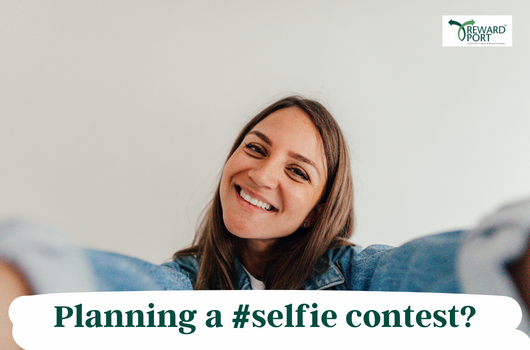
Planning a #selfie contest?
First let us accept the fact – people love taking selfies! According to various reports, the average millennial will take 25,700 selfies in their lifetime; and about 93 million selfies are taken worldwide each day. People are more comfortable taking a selfie than asking someone to click their picture.
So is your brand doing anything to take advantage of this Social (here-to-stay) phenomenon? Selfie contests ensures the most direct engagement and connect between your brand & the consumer.
When planning a selfie contest –
- Come up with a great idea; the one that is simple & easy for people to connect with.
- Ask the consumer to feature your brand, this is a must!
- Give a compelling reason to participate: reward or fame will work well.
- Incentivise for multiple actions – Post, shares, tags, likes, etc.
- For a successful selfie promotion, it should run at least for 30-45 days, to have larger reach among your target audience.
- Engage actively on all the possible social media platforms – Facebook, Twitter, Instagram and others.
- To gain the trust, pick winners and reward them, EVERYDAY!
- Make it less cumbersome; don’t put in too many conditions – just click, post, tag & win!
- Promote the contests, online & offline.
- If your target group is the youth, play around friendship. If its family then involve the participation of children.
Don’t let your brand miss out on the #selfie phenomenon!
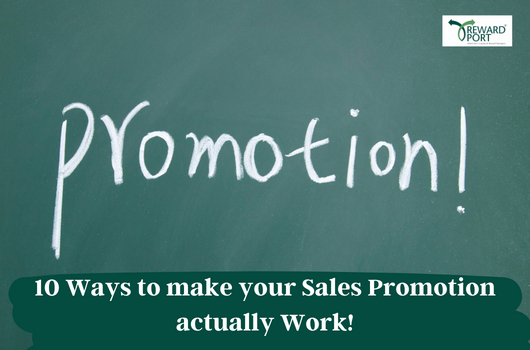
10 Ways to make your Sales Promotion actually Work!
Sales promotions are a great way for any organization to incentivize & reward potential customers and motivate them to make the purchase. The key to a successful promotion campaign is the plan – right from the launch of the campaign until the very end of it.
Different Techniques That Make Your Sales Promotion Actually Work
1. Incentivization – Changing perceived value of the product.
Incentives are keys for a successful sales promotion as it increases customer participation & stimulates brand interaction. While choosing incentives, you should always think of your actual target audience. They need to be relevant. For instance, cartoon toys for the kids or movie vouchers for youngsters. incentives appeal to your target audience, that your brand is providing a value add along with the purchase. These incentives helps you sell more & gets your customers engaged with your brand for a longer time.
2. Communication – Online & Offline
Today, your customers have become more technology, online & offline media friendly, compared to how they were until few years back. Hence, they can be reached by social media or through internet on their smartphones. Combining the offline & online media is an effective & swift way to reach the target audience.
3. Collect, Manage & Nurture Data
Data collected can help in customer acquisition & retention. While maintaining the database, unusable data must eliminated from time to time to avoid disorder & confusion. To extract a long term loyalty from your customers, you need to make them realise their importance in your organisation, which can be done through the data collected.
4. Be Relevant
Sales promotion must be relevant to the product & target audience, easy to understand. This increases the probability of it resulting into a sale. It is necessary that the promotion hits customer at a particular behaviour stage.
5. Customize and Localize – attitude & behaviour of the target audience.
The sales promotions must suit the psychographics & demographics of the target audience, well adjusted to their requirements & conduct.
6. Clarify objective & provide tangible benefit – gain the customer’s trust.
The campaign should be able to clearly convince the customer that value received is much higher than the amount spent on the purchase. Be truthful about the objectives to foster a trustworthy relationship. Lay the foundation or a long term loyalty by offering substantial benefits & clarified objectives. The customers like to measure the added value they receive along with the purchase.
7. Timing, duration & frequency – maintain them.
If introduced at an appropriate time, sales promotions can yield great results. Being a time driven economy, in India festivals, occasions & seasons are great influencers for customers. If repeated too often, customers will be unable to differentiate between the added value and the original product.
8. Engage your customer – involve them.
The customers wants to feel special & appreciated; recognize this need & nurture it to witness groundbreaking results. Engage them with the brand and induce a sense of association & bonding with the product. Appeal them with contests, sweepstakes, coupons & rewards.
9. Integrate with the promotional mix
Sales promotion is an aspect of the promotional mix including advertising, personal selling, direct marketing & public relations. Intensify the efficiency of sales promotions by complimenting it with the other elements of promotional mix.
10. Integrate with social media
Promotions must be run on social media such as Facebook, Twitter, Instagram & others. This generates sufficient word of mouth to increase effectiveness of the campaign.
